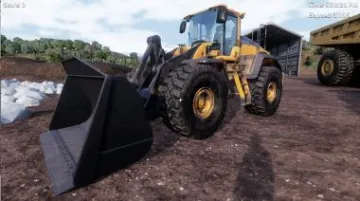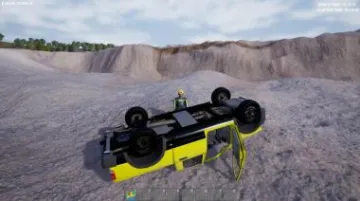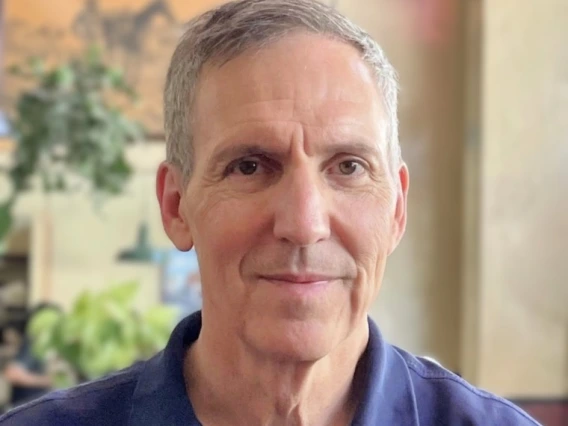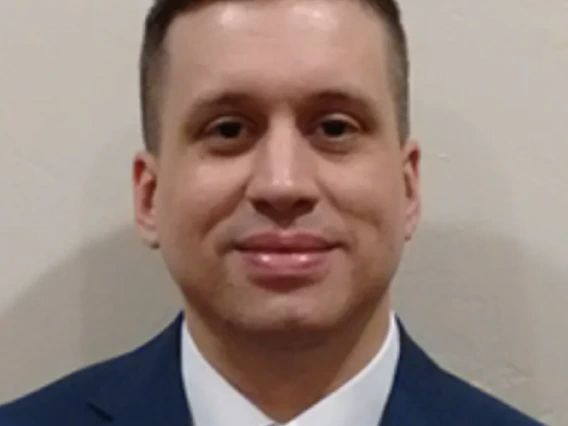First published: October 2020
Harry is hard at work at the mine. He’s such an enthusiastic worker, sometimes he does things that aren’t best for his health and his co-workers’ safety. In fact, his hurting wrist is slowing him down. He can’t quite hear what his boss is saying. He gets tired faster than usual. Today he’s feeling a little dizzy from the heat.
“Harry” isn’t a real guy, but his ailments would be for mine workers who don’t follow good health and safety practices. “Harry” is part of a 3D simulated learning environment that teaches new workers, miners who need refresher training and health and safety trainers the techniques that will help them avoid injury and illness from their work.
“Harry’s Hazardous Day” will be tested and its effectiveness assessed in the University of Arizona’s ongoing Miner Safety and Health Training Programs-Western States project.
In September, the Western Mining Safety and Health Training Resource Center launched the fourth phase of the project with a three-year, $1.5 million National Occupational Research Agenda grant from the National Institute for Occupational Safety and Health. In the last 10 years, $4 million have been spent to develop training programs and materials, as well as create partnerships with private companies in training employees and trainers. The Lowell Institute for Mineral Resources continues to work closely with the resource center on this long-term project.
16 partnerships will formalize learning labs

Now the resource center will formally establish learning laboratories for 16 mining industry partners across 10 states with hopes of adding more. In each learning lab, the private or public partner can customize its training program from among serious games, hybrid tabletop/computer games, classroom activities and on-demand website instruction, specifically tailored to the partner’s needs. Researchers will follow the progress of the training to determine how effective they are and how they can be improved. Successful programs then would be shared generally with the mining industry.
“We all believe training is needed and necessary,” said Dr. Jefferey L. Burgess, associate dean for research at the Mel and Enid Zuckerman College of Public Health where the resource center is based, “but to actually begin to show that it works is really the next level.”
“We’ve already seen measurable improvements in health and safety outcomes,” said Dr. Leonard D. Brown, assistant research professor in the college. “In case studies, both the frequency and severity of injuries decreased—up to 72%—after industry partners started using our training programs. We want more operators to see these types of outcomes.”
McCraren Compliance is a Tucson workplace safety training and consulting company. Over the years, it has adopted several of the resource center’s innovative programs that benefit the miners they train, especially those from small mining companies that don’t have the resources to run their own training operations. Its learning lab will continue to research, develop and measure different types of information delivery, said company General Manager Sarah McCraren. “We are able to quickly integrate their information and tools into our training classes,” she said, “and as a result deliver effective training to those who need it most.”

She’s keen to test “Harry’s Hazardous Day,” the latest in a series of “Harry” training simulations. It’s the next generation of serious games, which aim to teach players through engaging, real-life scenarios in a multi-player setting. The computer-based simulated environment visually shows the consequences of a learner’s decisions, which could be as severe as virtually killing co-workers.
“Those types of consequences really ring home and get learners thinking about outcomes,” said Brown. “In some of our studies,” he added, “workers’ ability to recognize key hazards improved by more than 40% after playing our serious games. These are hazards that would otherwise cause serious injuries or fatalities on the worksite.”



